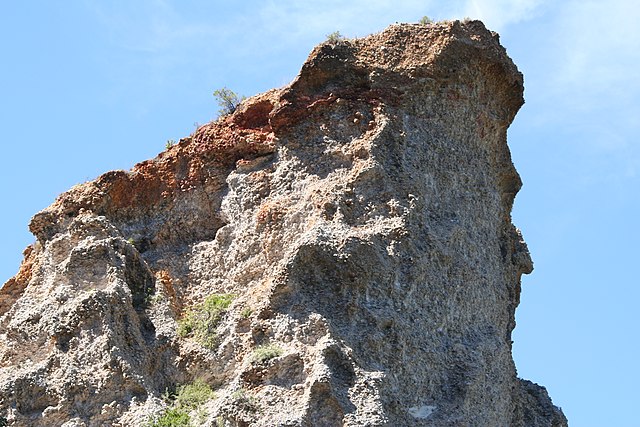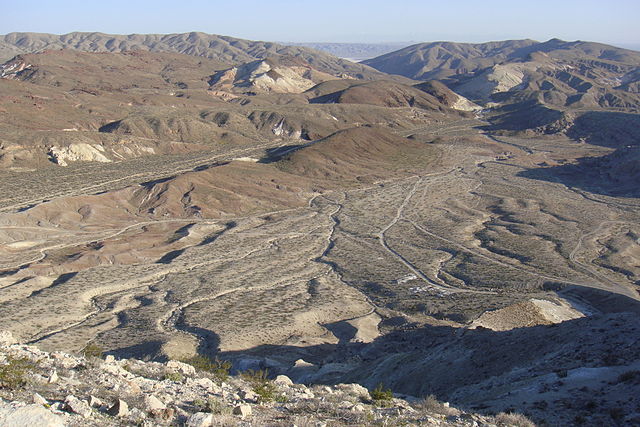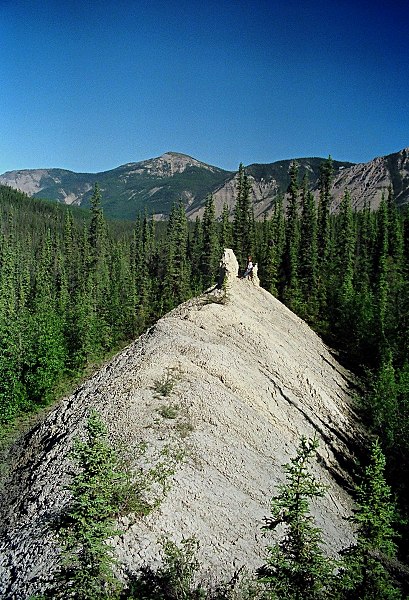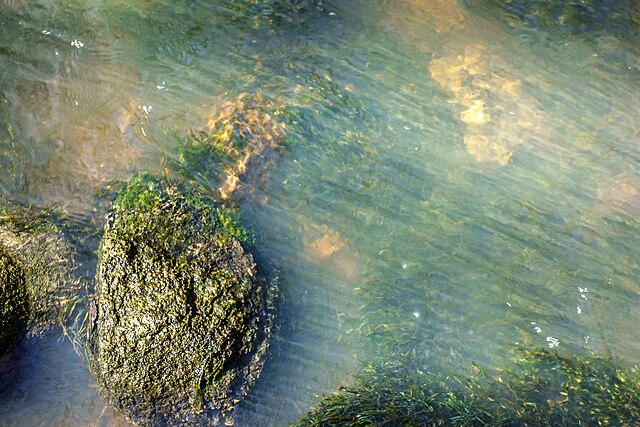Alluvium is loose clay, silt, sand, or gravel that has been deposited by running water in a stream bed, on a floodplain, in an alluvial fan or beach, or in similar settings. Alluvium is also sometimes called alluvial deposit. Alluvium is typically geologically young and is not consolidated into solid rock. Sediments deposited underwater, in seas, estuaries, lakes, or ponds, are not described as alluvium.
Alluvium deposits in the Gamtoos Valley in South Africa
An alluvial plain in Red Rock Canyon State Park (California)
Alluvial river deposits in the Amazon Basin, near Autazes, AM, Brazil. The seasonal deposits are extremely fertile and crucial to subsistence farming in the Amazon Basin along the river banks.
Silt is granular material of a size between sand and clay and composed mostly of broken grains of quartz. Silt may occur as a soil or as sediment mixed in suspension with water. Silt usually has a floury feel when dry, and lacks plasticity when wet. Silt can also be felt by the tongue as granular when placed on the front teeth.
Windrow of windblown silt, Northwest Territories, Canada
A stream carrying silt from fields in Brastad, Sweden
A silted lake located in Eichhorst, Germany






